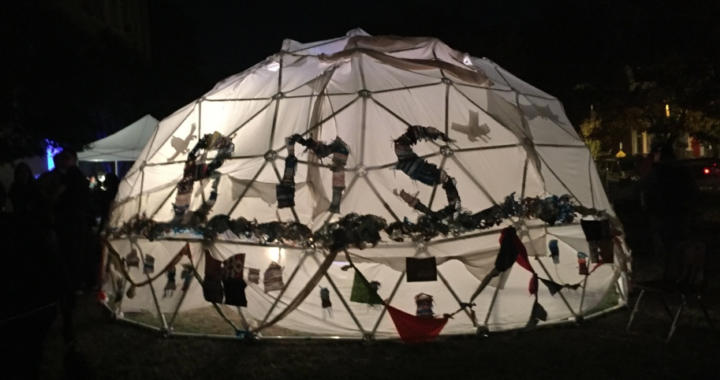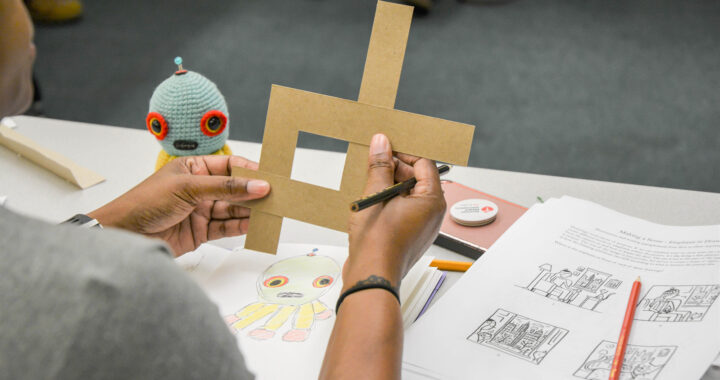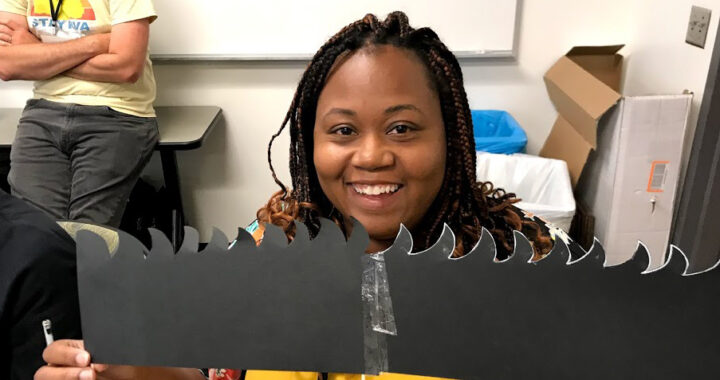Marjorie Valentine recently retired after working at Binford Middle School for 39 years. She participated in the first teacher cohort of the Arts Integrated Learning Certificate (AILC) through Partners in the Arts. After completing her training, Ms. Valentine shared how arts integrated learning benefits all students by supporting classroom equity, social and emotional learning (SEL), and growth mindset.
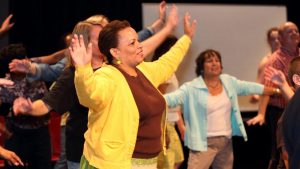
Classroom Equity
Ms. Valentine discussed how arts integrated learning brings equity for all children in the classroom by providing them with the resources and skills to follow their passions and interests. Learning through art, rather than certain traditional classroom methods like note-taking, increases equity by giving students different ways to express their mastery of a subject. For example, if a student can show their knowledge through dance better than through drawing, art integration allows them to do so. Ms. Valentine discussed how the flexibility in arts integration increases equity by providing the students with the materials, skills, and mindsets to succeed.
Social and Emotional Learning
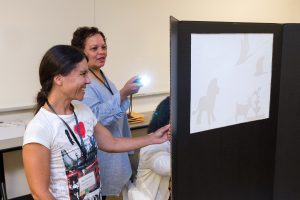
Ms. Valentine saw the huge impact arts integrated teaching had on SEL in her classroom. She shared one example of a boy who struggled to express his anger or frustration maturely. In class, Ms. Valentine used poetry to help students write about and express their emotions. This student wrote about what he should do when he got frustrated: he chose to channel it into dance and movement.
Ms. Valentine later received a call from the boy’s mother telling her how he had been able to channel his anger or frustration into movement when he was at home and had been able to understand and react to his emotions. Ms. Valentine told me the effect of art integration “transposes not only in the classroom, but in their home environment, and hopefully their community.” This highlighted how arts integration can allow students to look at a topic in a new way and apply it to their academics, as well as other important life skills.
Growth Mindset
The third major benefit Ms. Valentine identified was the growth mindset students adopted when exposed to arts integration. One way she helped students adopt a growth mindset was through rubrics and revisions. Ms. Valentine used rubrics for all of her assignments, arts integrated or not. She found that rubrics helped her students see their progress. Additionally, it gave the students constructive criticism that was unbiased because it was based upon the criteria on the rubrics. This is important when it comes to grading arts integration units because teachers can be wary of stifling students’ creative expression. However, she found that students reacted well to rubrics because they allowed the students to revise their work after seeing where they needed to improve.
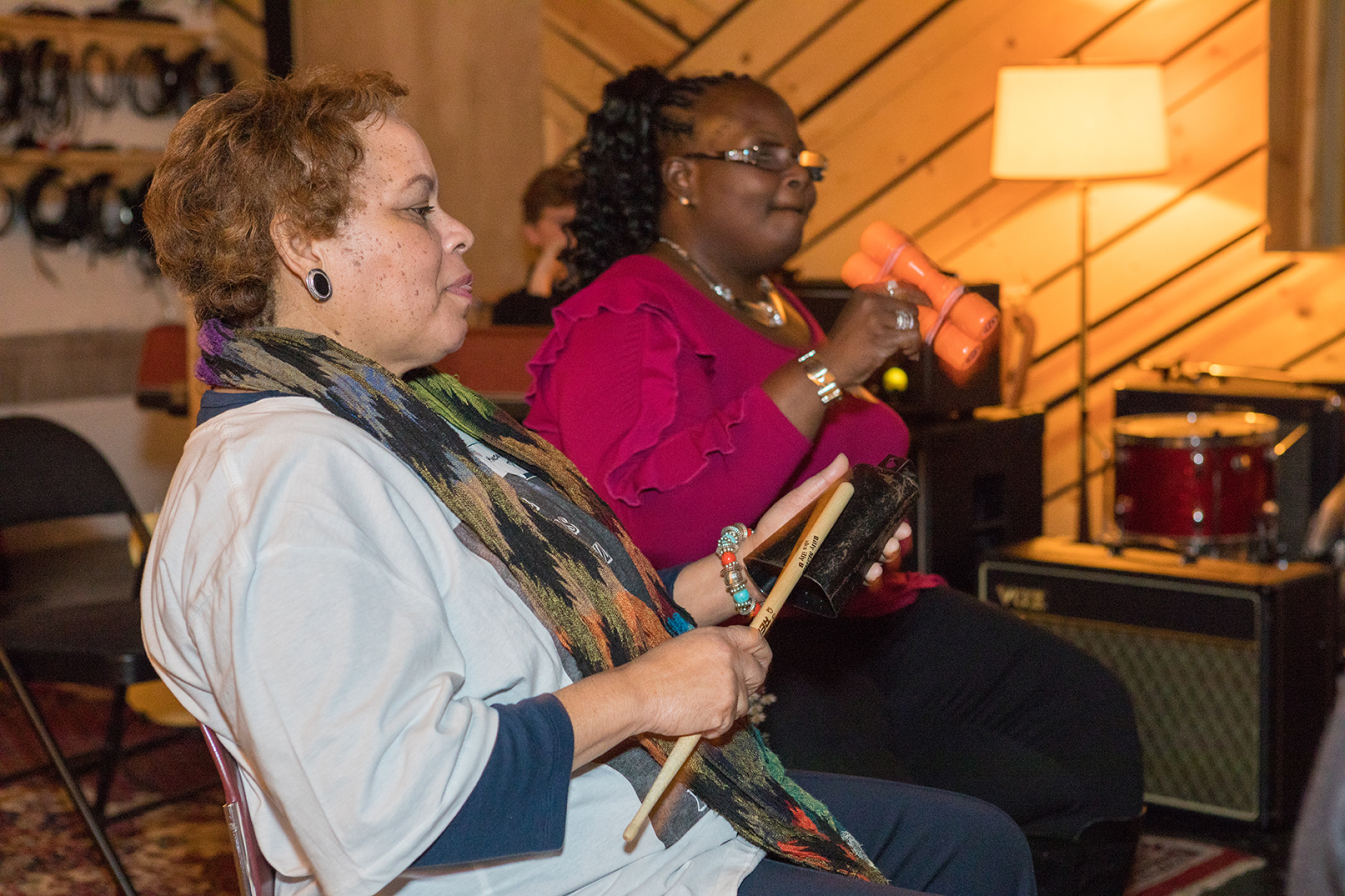
Ms. Valentine’s biggest takeaway from her training from Partners in the Arts was to be more observant. Throughout her time working with teaching artists and her fellow educators, she learned to listen and digest more material and be open to new ways of thinking and teaching. One particular activity with a visiting artist opened her mind to be more observant. Anyone can try this t0 change their day-to-day habits.
The activity is simple: step outside of your home and draw the first thing you see. You don’t need to be a trained artist and the drawing does not need to be “perfect” by any means. Just draw it carefully and observe every aspect of it. When completing this activity, Ms. Valentine noticed her neighbor’s mailbox. Upon reflection, she found that mailboxes were very representative of the household inside. She began to notice everyone’s mailbox and was so inspired that she decided to change her mailbox to better represent herself. This activity is a simple way to create new ways of thinking and understanding the world around us.
This is a guest post by University of Richmond senior Kat Mitchell, who spent a semester with Partners in the Arts through an independent study and internship. Kat studied Leadership and Education & Society, and is passionate about equity in education and advancing knowledge of the world around us.
